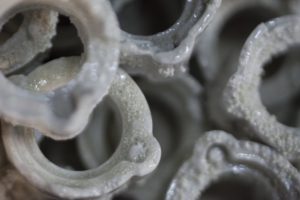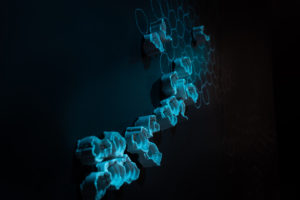


From kilometre to micrometres — land meets the sea along the coast and the shore
Land meets the sea along the coastline; The rocky shore, beaches, and seafloor down to the point where the waves no longer break. Rivers and streams carry nutrients from land to the foreshore. The tides, waves, currents, and light condition create a mosaic of habitats and ecosystems for seaweed and kelp, eelgrass and other marine plants, blue mussels, sea snails, starfish, sea urchins, crayfish, crabs, small fish, and other organisms.
The landforms, above and below the sea level, having emerged through thousands of years through the interaction of wind, wave, tidal, riverine, and geologic processes; Like erosion from glacial masses deposited from glaciers and rivers, and ocean waves forming headlands, cliffs and beaches. The shoreline yields and follows small cliffs and shallow bays, large fjords and islands, skerries and shingle beaches or soft bottoms, deltas of sand and gravel with streams and rivers flowing into the oceans.
The foreshore composes of hard rocky shore to soft sandy beaches and soft bottom habitats. The sea currents together with mineral composition, micro texture, surface colour, and nutritional conditions determine whether larvae from different organisms recognize settle or not; As sea creatures have an inherent memory of their preferred settlement surface.
The natural rocky shore of the Inner Oslofjord consists of gneiss and granite, Cambro-Silurian nodular limestone, shale and sandstone, clay, and sandy bottoms, with a myriad of small three-dimensional surface shapes forming various ecological niches. The shoreline has been changed with quays, piers, harbour basins, marinas, and other industrial Port facilities, together with residential quartiers and cultural buildings. The original inhabitants of the shoreface have become homeless.
The new waterfront with The Harbour Promenade along the inner harbor basin should mirror the natural rocky shore with its rich and diverse ecosystems. The tidal landscape at Hovedøya, one of the main isles off the fjord, with its rugged Cambro-Silurian bedrock surrounded by softer seabed can be mirrored into the renewed waterfront; Inspired by Nature’s own architecture!
Professor emeritus Johan Petter Nystuen, department of geosciences, University of Oslo, February 6, 2020